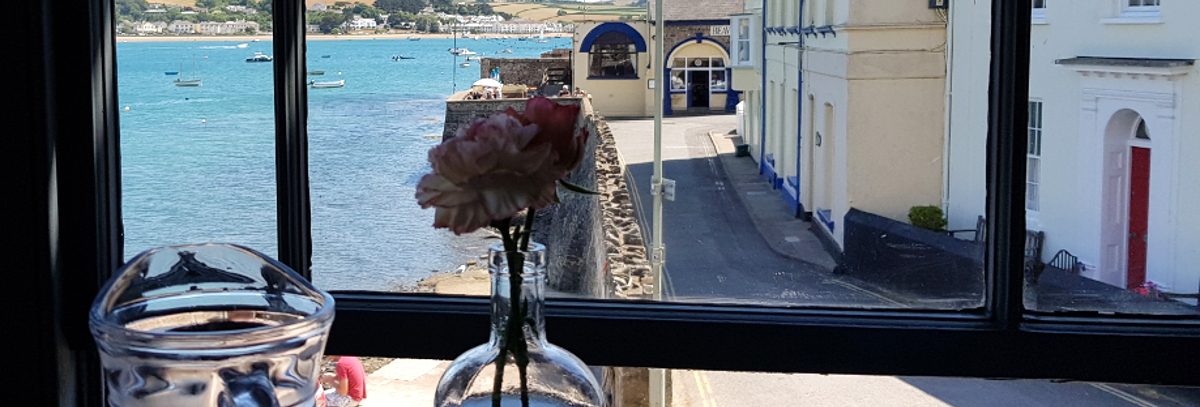The ‘rather splendid’ view offered by the viewing gallery at the Tate Modern in London has, after all, been deemed a visual intrusion. High Court judge, Mr Justice Mann, had previously said that the claimants had ‘submitted themselves to a sensitivity to privacy’ by installing glass walls in their properties. He suggested a list of ways in which he thought the intrusion could be reduced, including fitting net curtains, installing privacy film or adding well positioned plants.
However, the Supreme Court handed down judgement in Fearn and others v Board of Trustees of the Tate Gallery, deciding by a majority of three to two that the visual intrusion is actionable under the common law of nuisance.
Residents of the spectacular glass-walled apartments have stunning views across London’s South Bank, but experienced a relentless stream of visitors to the top floor terrace of the next door gallery which had a significant impact on their privacy. The property owners complained of people constantly looking in through their windows, taking photographs, waving and even making obscene gestures, in what they say is being under ‘constant surveillance’. At one point a visitor was even seen using binoculars to look inside the flats!
The gallery opened in June 2016, and an injunction was sought by the appellants in February 2017, demanding that the Tate took measures to prevent the public from viewing the flats. The Court of Appeal found ‘material errors of law in the judge’s determination but dismissed the appeal on the grounds that overlooking could not be counted as a nuisance in law.
The Supreme Court judgement identified three errors of law.
Firstly, the nature of the gallery’s use of its land and whether it was ‘reasonable’ was considered, rather than the question of whether it was a ‘common and ordinary use’, which it was not.
Secondly, there was no legal precedent that concluded that the appellants should have to tolerate the nuisance because their flats were ‘abnormally sensitive’ properties, as the use of the gallery was in itself was ‘exceptional’.
Lastly, the Court concluded that it should not be reasonable for the appellants to need to protect themselves from being overlooked from the gallery. Lord Leggatt said that ‘the notion that visual intrusion cannot constitute a nuisance is not supported by precedent’.
It was felt that public interest may have influenced the decisions of the lower courts but Lord Leggatt stated that public interest was not ‘relevant’ to whether there was any liability, only ‘the question of what remedy to grant’.
While the viewing gallery of the Tate Modern constitutes an extreme example of visual intrusion, there could be uncertainty in the future over the development of new estates, particularly in high density areas. Anything that was not ‘common and ordinary’ might be open to challenge, which might include balconies and cameras.


